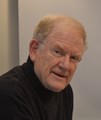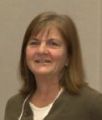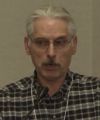CITIZEN SCIENCE IN ACTION, PROTECTING BC HABITAT: “The search was on for ways to make a bigger impact. This led to North Shore Streamkeepers asking DFO for ‘high value targets’ for enhancement. Mosquito Creek was identified as one of the best opportunities on the North Shore,” wrote Barbara Frisken and Glen Parker

Stewardship operates under a different dynamic than the private sector or government. Stewards are drawn together for a common cause, like-minded individuals with a vision for the greater good. “As members of North Shore Streamkeepers (NSSK), we are proud to be part of a province-wide network of stewardship groups and pleased to have the opportunity to share some of our stories,” stated Barbara Frisken.










